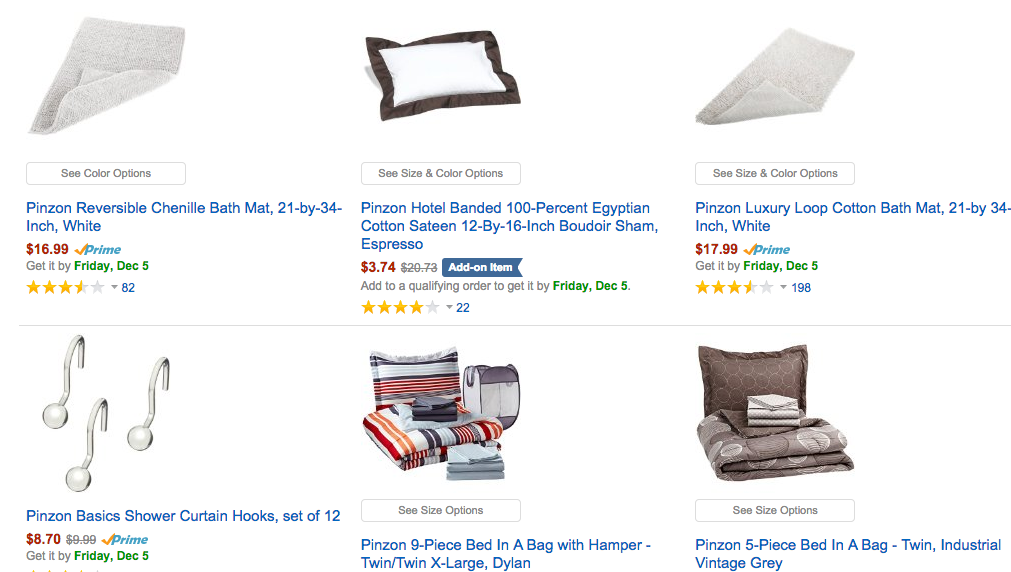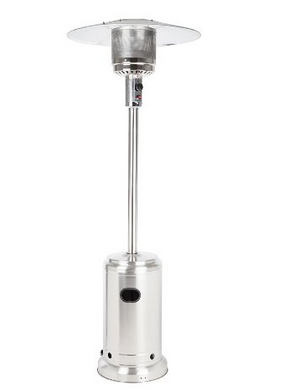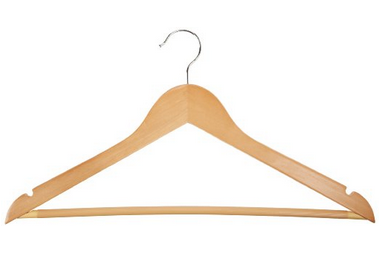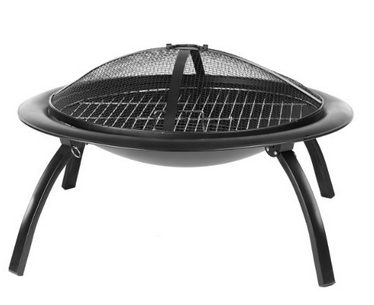A Preview of the Real Amazon Store

Is Amazon good enough for your baby’s ass?
Called Amazon Elements, the diapers and baby wipes will only be available to customers who belong to the Amazon Prime membership program, adding another item to the growing list of membership perks. By working directly with a manufacturer, Amazon will be able to price the brand aggressively, with a 40-count package of diapers starting at $7.99. That works out to about 19 cents a diaper, compared to competitor prices that mostly range from 24 cents to 34 cents.
This will sound strange to people who don’t live as nodes in Amazon’s worldwide logistics experiment, but a little less strange to Prime members who do: Amazon already makes, or at least brands, a wide and strange assortment of things. Diapers are just one of its first attempts to move from things into the lucrative market for stuff.
Amazon’s feints at physical retail are focused on Kindles, tablets and phones: These are the tier-one Amazon products, in terms of visibility. They’re thing things Amazon makes to compete with Apple and Google. They get their own advertising campaigns, they’re purported to be in some way “innovative,” etc.
Tier two is made of products that are adjacent to the tier-one products. They’re electronics, or electronics accessories, that don’t really get much advertising, unless you count how easily they’re discovered when shopping Amazon for other stuff. These are the best-known of the “Amazon Basics” products. They’re HDMI cables and adapters. They’re cheap things, things that only have to function, usually in a single way, to be satisfactory; they’re also, perhaps not coincidentally, things that physical electronics stores, which Amazon would like to destroy, tend to mark up.

Tier two has grown out in some strange directions recently, which don’t make much sense from a storefront perspective but make plenty of sense if you can just imagine a spreadsheet: one column is a list of things that are relatively easy to have manufactured, and that people are purchasing a lot; the other is a list of things that Amazon’s competitors sell with decent margins. The rest of the “Amazon Basics” are things present in both columns (there are over 250 “Basics” products already). They’re adequate, brandless, government-cheese versions of things that are normally branded and fairly expensive: Jambox-style Bluetooth speakers, Beats-ish headphones, computer mice, game controllers. They’re bets, and pretty good ones, that their categories are, or are about to become, commodities — areas that other companies might be looking to get out of, because the profit margins are about to drop.



I’m not sure where to draw the boundary for tier three, which, again, seems to have been curated by some sort of ruthless retail algorithm. It starts with some of the weirder “Basics” and fans out. There are hangers and backpacks and… patio heaters? Folding fire pits? (Sample review: “Another nice feature of this fire pit is the cooking grate. We’ve had a few fire pits in our time and none of them have come with a cooking grate.” So, it’s a grill?) Paper and credit card shredders?
Some things that Amazon has that I was not aware of until today: A towel line. A pillow line. A patio furniture line.

Taken together, these products adhere to no particular aesthetic or theme — a house filled only with Amazon-brand products would look and feel like prefab model home. Again, since this is Amazon, the explanation is probably data. Not data about what people want, exactly, but data that suits Amazon’s goals: these must be relatively popular and relatively expensive product categories where brand loyalty isn’t too strong, and where Amazon can find cheap manufacturing partners. It’s a logistics partner looking at its suppliers and saying, dozens of times, “how hard could that be?”
Which brings us back to the diapers. Will people buy these? Maybe! Obligatory disposable turd bags are a good candidate, at least on paper. But people may turn out to be more precious about their baby’s poop-catchers than Amazon expects. What’s more interesting is to imagine where this comes next, as Amazon gets into what it calls “consumables.” The company already has a program called Prime Pantry, which encourages you to ship massive crates of grocery basics on a recurring basis — the types of things you don’t so much shop for as just buy. The products are all outside brands for now, but what better place to start slipping in house brands? FreshDirect already does this! Imagine:
— Amazon ketchup
— Amazon toilet paper
— Amazon condoms
— Amazon soap
— Amazon pasta
— Amazon beans, rice, flour, sugar, etc
Meanwhile, the company might try Amazon JEANS or TSHIRTS or at least socks or stockings or something. Why not? Amazon staples, sold via Prime, to ensure — as is the goal of its in-house electronics and accessories — not profit or even loyalty, exactly, but momentum above all.
